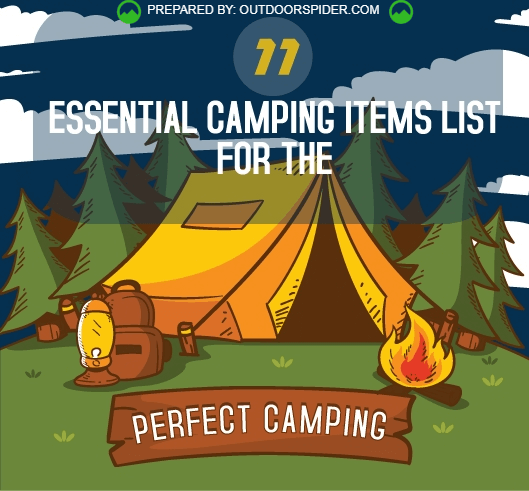Winter season camping is an enjoyable and adventurous experience, but it calls for correct gear to ensure you remain warm. You'll require a close-fitting base layer to catch your temperature, along with an insulating coat and a water resistant shell.
You'll additionally require snow risks (or deadman supports) buried in the snow. These can be connected utilizing Bob's creative knot or a routine taut-line hitch.
Pitch Your Tent
Winter season camping can be a fun and daring experience. Nonetheless, it is important to have the correct gear and understand just how to pitch your outdoor tents in snow. This will stop cool injuries like frostbite and hypothermia. It is also vital to consume well and remain hydrated.
When establishing camp, see to it to select a site that is sheltered from the wind and devoid of avalanche threat. It is also a great concept to load down the location around your camping tent, as this will certainly help in reducing sinking from temperature.
Before you set up your outdoor tents, dig pits with the very same size as each of the anchor points (groundsheet rings and individual lines) in the facility of the tent. Fill these pits with sand, rocks or perhaps things sacks filled with snow to small and safeguard the ground. You may likewise intend to think about a dead-man support, which entails linking outdoor tents lines to sticks of timber that are hidden in the snow.
Load Down the Area Around Your Tent
Although not a requirement in most locations, snow risks (also called deadman anchors) are a superb addition to your camping tent pitching set when camping in deep or compressed snow. They are generally sticks that are made to be buried in the snow, where they will freeze and produce a solid support point. For best results, use a clover hitch knot on the top of the stick and bury it in a few inches of snow or sand.
Set Up Your Camping tent
If you're camping in snow, it is a great concept to make use of a tent designed for wintertime backpacking. 3-season camping tents work great if you are making camp below tree line and not expecting specifically rough weather condition, but 4-season camping tents have sturdier posts and fabrics and use more defense from wind and hefty snowfall.
Be sure to bring adequate insulation for your resting bag and a warm, completely dry blow up mat to sleep on. Inflatable floor coverings rainfly are much warmer than foam and assistance prevent cool areas in your tent. You can additionally add an extra floor covering for resting or cooking.
It's additionally a great idea to set up your outdoor tents near to an all-natural wind block, such as a group of trees. This will certainly make your camp extra comfy. If you can not find a windbreak, you can develop your own by digging openings and hiding things, such as rocks, tent stakes, or "dead man" supports (old outdoor tents guy lines) with a shovel.
Tie Down Your Camping tent
Snow risks aren't necessary if you use the best methods to secure your camping tent. Buried sticks (maybe collected on your technique walk) and ski poles work well, as does some version of a "deadman" hidden in the snow. (The concept is to develop a support that is so solid you won't be able to draw it up, even with a great deal of effort.) Some suppliers make specialized dead-man anchors, yet I choose the simplicity of a taut-line hitch connected to a stick and afterwards hidden in the snow.
Be aware of the terrain around your camp, specifically if there is avalanche risk. A branch that falls on your tent can damage it or, at worst, injure you. Additionally watch out for pitching your outdoor tents on an incline, which can catch wind and result in collapse. A protected location with a low ridge or hillside is much better than a high gully.
